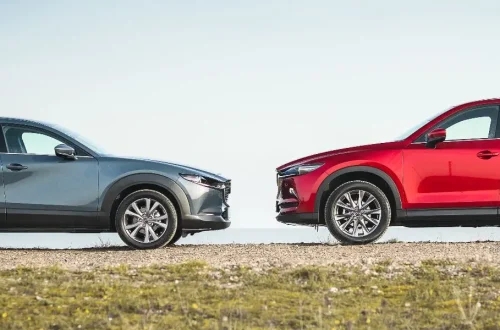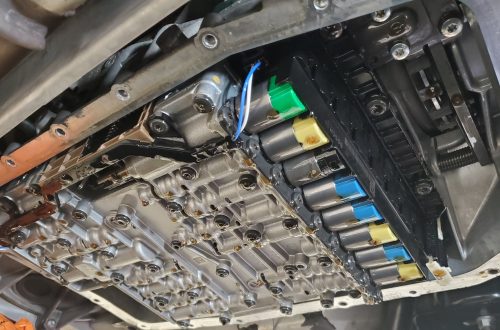The rise of ride-sharing services like Uber, Lyft, and others has significantly altered transportation dynamics across the globe. As these services become increasingly popular, their impact on traditional car ownership trends is becoming more evident. This article delves into how ride-sharing services are influencing car ownership, the driving forces behind this shift, and what the future may hold for personal vehicles.

The Emergence of Ride-Sharing Services
Ride-sharing services have revolutionized the way people think about transportation. Offering convenience, flexibility, and often lower costs compared to traditional taxis or owning a car, these platforms have gained widespread adoption. They provide an on-demand service that allows users to request a ride via a mobile app, connecting them with nearby drivers within minutes.
The appeal of ride-sharing lies in its ability to provide reliable transportation without the need for vehicle ownership. This shift is particularly noticeable in urban areas, where the cost and hassle of owning a car can be prohibitive.
- Decline in Car Ownership Among Younger Generations
One of the most significant impacts of ride-sharing services is the decline in car ownership among younger generations, particularly millennials and Gen Z. Several factors contribute to this trend:
- Cost of Ownership: Owning a car involves significant expenses, including the purchase price, insurance, maintenance, and fuel. For many young people, especially those living in cities, these costs are difficult to justify when ride-sharing services offer an affordable alternative.
- Urbanization: As more people move to urban areas, the need for personal vehicles decreases. Ride-sharing services provide a practical solution for getting around without the challenges of parking, traffic, and vehicle upkeep.
- Environmental Concerns: Younger generations are more environmentally conscious, and ride-sharing offers a way to reduce their carbon footprint by sharing rides and cutting down on the number of vehicles on the road.
- Impact on the Automotive Industry
The decline in car ownership, particularly in urban centers, has prompted the automotive industry to rethink its approach. Car manufacturers are increasingly focusing on new business models, including:
- Mobility Services: Some automakers are investing in their own ride-sharing and car-sharing services, recognizing that the future of transportation may not rely solely on car ownership.
- Subscription Models: In response to changing consumer preferences, some companies are offering car subscription services, where users can pay a monthly fee to access a vehicle without the long-term commitment of ownership.
- Electric Vehicles (EVs): Ride-sharing services are accelerating the adoption of electric vehicles. Companies like Uber have committed to transitioning to EVs, which could influence broader consumer adoption.
- Effects on Urban Planning and Infrastructure
The rise of ride-sharing services is also influencing urban planning and infrastructure development. Cities are beginning to rethink the need for extensive parking facilities and are instead focusing on creating spaces that support ride-sharing and other forms of shared mobility.
- Reduced Parking Demand: As fewer people own cars, the demand for parking spaces decreases. This shift allows cities to repurpose land previously used for parking into green spaces, bike lanes, or other community resources.
- Traffic Management: Ride-sharing services can contribute to reduced traffic congestion, particularly when combined with effective public transportation systems. However, in some cases, increased ride-sharing activity has led to more vehicles on the road, necessitating careful management by city planners.
- Future Outlook: Will Car Ownership Become Obsolete?
While ride-sharing services are influencing car ownership trends, it is unlikely that personal vehicles will become entirely obsolete. However, the role of car ownership may shift significantly:
- Rural vs. Urban Divide: In rural and suburban areas, where public transportation and ride-sharing options are less prevalent, car ownership is likely to remain essential. In contrast, urban areas may see a continued decline in ownership as shared mobility options expand.
- Autonomous Vehicles: The advent of autonomous vehicles could further reduce the need for personal car ownership, especially in cities. Self-driving cars, combined with ride-sharing platforms, could provide a seamless and efficient transportation solution.
Conclusion
The impact of ride-sharing services on car ownership trends is profound and multifaceted. As these services continue to grow, they are reshaping how people approach transportation, leading to a decline in car ownership in certain demographics and areas. While personal vehicles are unlikely to disappear entirely, the future of transportation will likely involve a mix of shared mobility solutions, changing the landscape of urban living and the automotive industry.






